Rewilding Europe’s European Wildife Bank is a pioneering way to restore natural numbers of large herbivores across Europe.
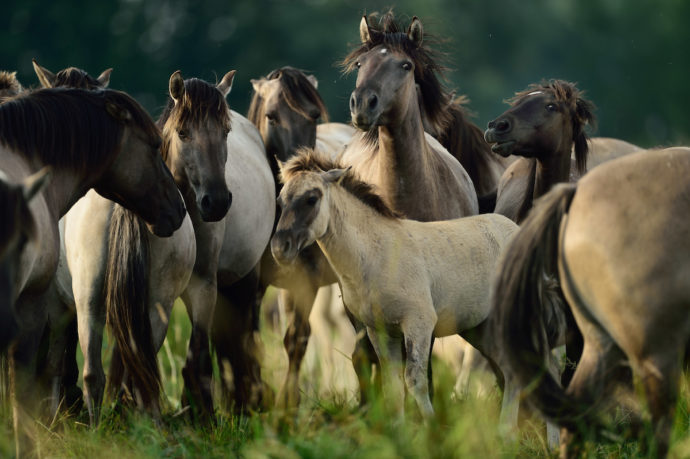
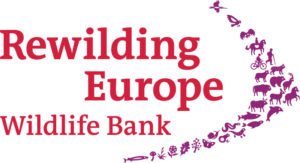 Launched in 2013, Rewilding Europe’s European Wildlife Bank (EWB) is designed to facilitate the reintroduction and restocking of herbivores to rewilding areas across the European continent. It has already proven successful, supplying animals to nearly 20 sites across Europe. The bank itself has prospered, increasing to around 730 animals over the last four years (see infographic for current species breakdown at the end of the article).
Launched in 2013, Rewilding Europe’s European Wildlife Bank (EWB) is designed to facilitate the reintroduction and restocking of herbivores to rewilding areas across the European continent. It has already proven successful, supplying animals to nearly 20 sites across Europe. The bank itself has prospered, increasing to around 730 animals over the last four years (see infographic for current species breakdown at the end of the article).
But why do we need such a bank?
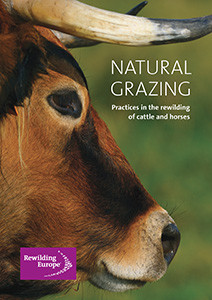
A large part of Europe’s biodiversity is based around open grasslands, mosaic landscapes and their transition to forest edges, which all rely on herbivorous grazing for their existence. Yet rising levels of land abandonment, leading to a reduction in grazing livestock numbers, mean that such grazing is increasingly absent across the continent. As large areas become overgrown with shrubs and forests as a result, so their biodiversity is declining.
The European Union recognises the problem, but so far their solution – massive subsidies for mowing or intensive grazing – is neither sustainable nor beneficial for nature. Nature has its own means of solving this problem. Wild herbivores, such as horses, bovines, bison, chamois and ibex, don’t need to be paid. Better still, they keep on grazing, even after subsidies come to an end.
This is where the EWB comes in. This pioneering tool “lends” herds of wild herbivores for reintroduction into Europe’s natural landscapes. The bank retains control over these animals by making “herd contracts” with third parties such as local land managers and owners. At the expiry of the contract, a proportion of the reintroduced herbivores (taking account of “interest” on the loan) are returned to the bank to found new populations elsewhere, or supplement existing populations at the same site. The remaining animals are retained by the loanee and continue to graze and propagate.
The EWB may operate on a financial model, but no money ever changes hands.
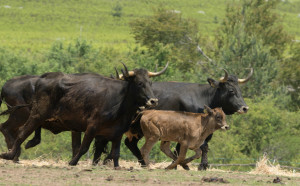
“What really drives this model is the reproduction rate of the animals,” says Wouter Helmer, Rewilding Europe’s Head of Rewilding. “By the end of this year, the EWB will contain 800 animals. This doesn’t seem much, but with an annual reproduction rate of 20-25%, we are talking about more than 20,000 animals within 15 years. Taking into account an average of 1 animal per 10 hectares in European rewilding areas, by 2032 natural grazing will facilitate biodiversity in more than 200,000 hectares.”
“Basing loans and repayment on natural reproduction rates rather than money really encourages wildlife comeback,” adds Yvonne Kemp, Exchange Officer of the European Rewilding Network (ERN). “It gives rewilding initiatives far greater scope to reintroduce wild herbivores and boost biodiversity.”
The EWB currently contains a mix of wild horses, Tauros and European bison, and may be extended to include water buffalo and kulan (a wild ass) in the future.
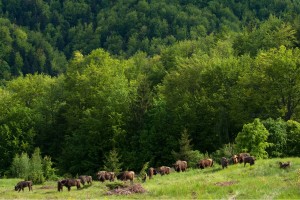
Some animals leave the EWB permanently when they are fully returned to the wild. The European bison that Rewilding Europe and WWF Romania have been reintroducing into the Southern Carpathians rewilding area since 2014 (as part of the European Commission-funded LIFE Bison Project since 2016) are still included in the figures, however.
While different areas and organisations are able to apply for loans from the EWB, the terms of approved animal transfers vary. For example, Rewilding Europe covers the financial costs of transfers to the rewilding areas where it is active. Since 2016, all members of the ERN have also been granted free access to the bank, although they have to cover the costs of transfers themselves.
Being able to take advantage of the EWB is a valuable incentive for ERN members.
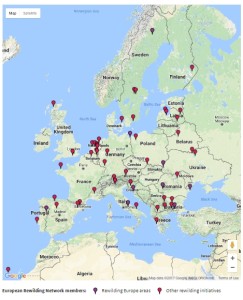
“Becoming a member of the ERN gives access to species such as bison and Tauros which can really reshape local rewilding landscapes in a positive way,” says Rewilding Europe’s Kemp. “ERN members also have access to the skills and knowledge of the entire network, which can be invaluable when it comes to herbivore translocation.”
The Ukrainian NGO Foundation Beremytske Biosfera, an ERN member, received eight Konik ponies from the EWB in May 2016, and another nine in July 2017. With one mare giving birth during transit and another foal born in the summer of 2017, there are now 19 Koniks roaming the 50-hectare Beremytske Nature Park in northern Ukraine. The conditions of the loan mean the park, which hopes to grow in size and is one of the first rewilding initiatives in Ukraine, has to return half of its herd after five years.
“I think the EWB is a great idea,” says Foundation Director Anton Nelip. “It makes a big difference to smaller ERN members that we can take wild horses and other herbivores according to such a system. I hope the number of animals in the bank increases quickly, as there is now a big queue for them!”
Read more about the European Wildlife Bank here.
